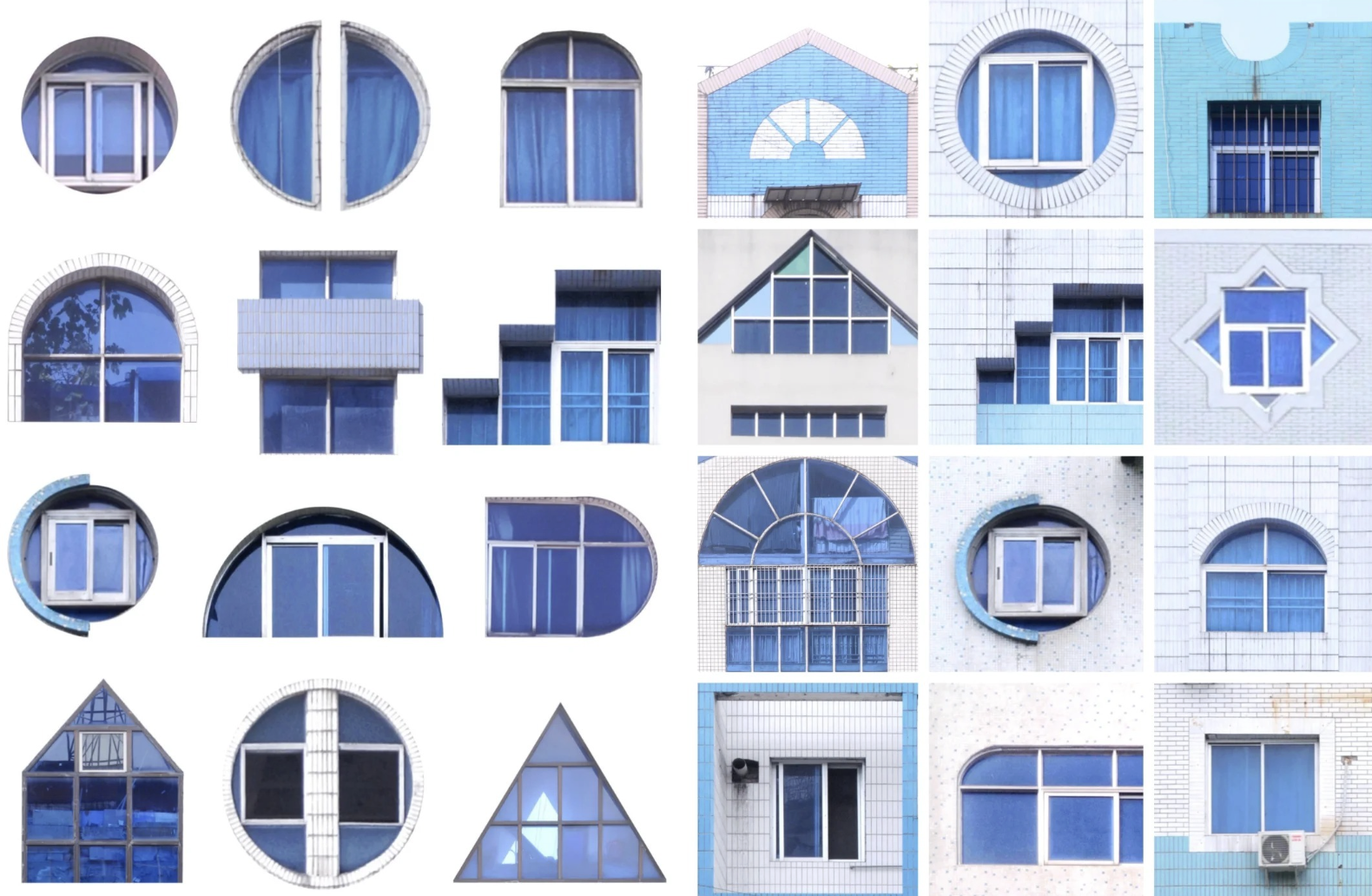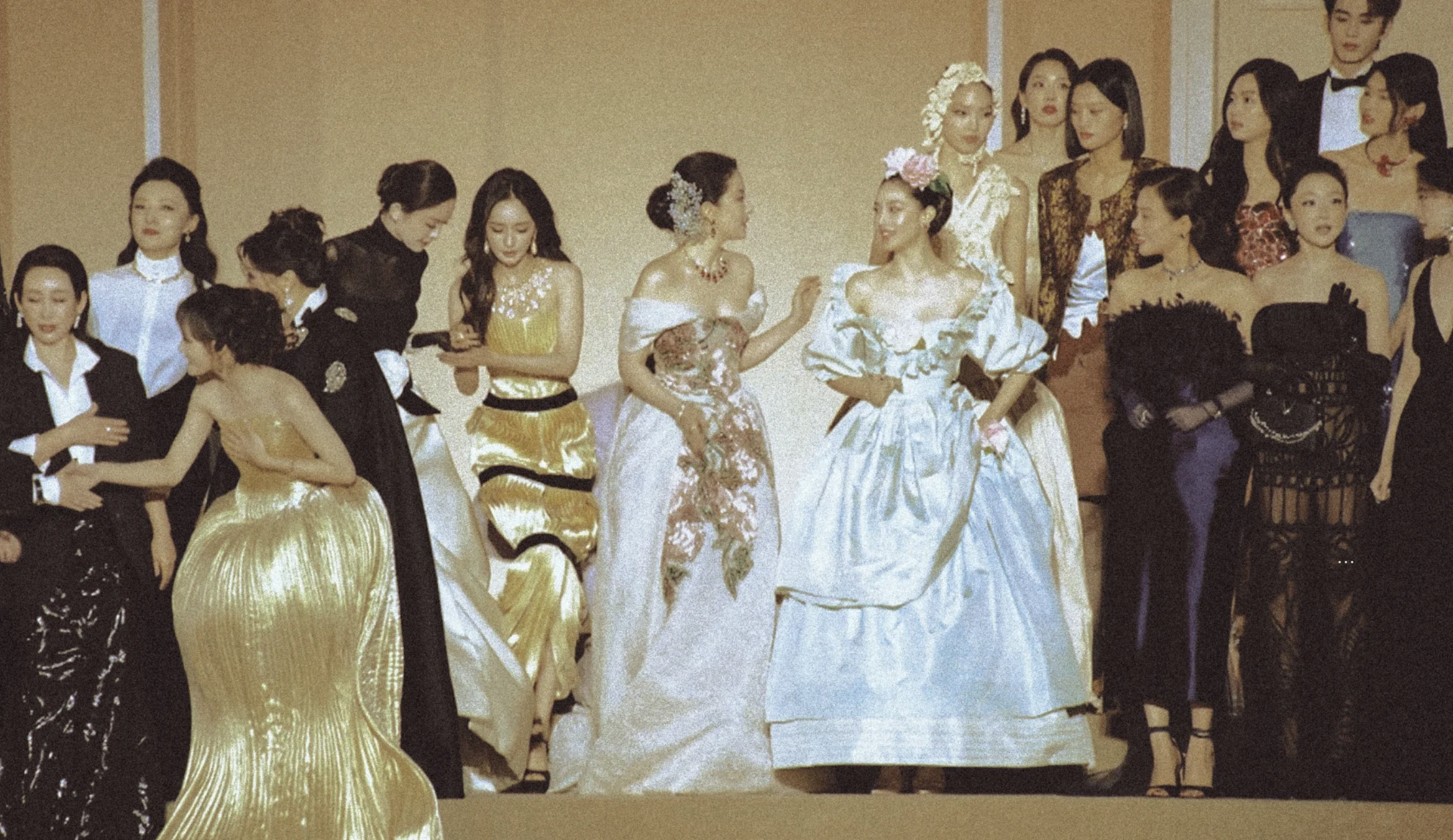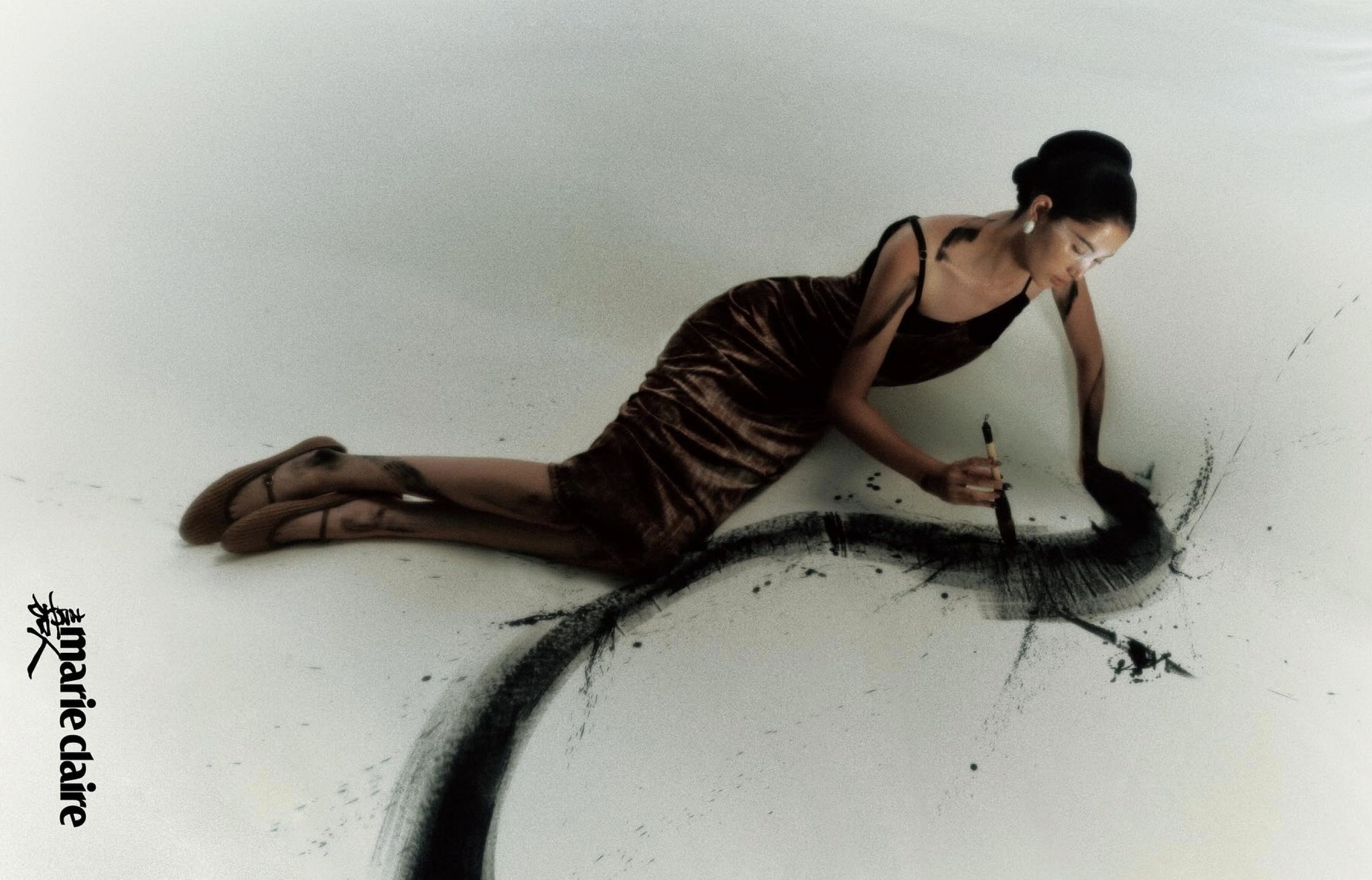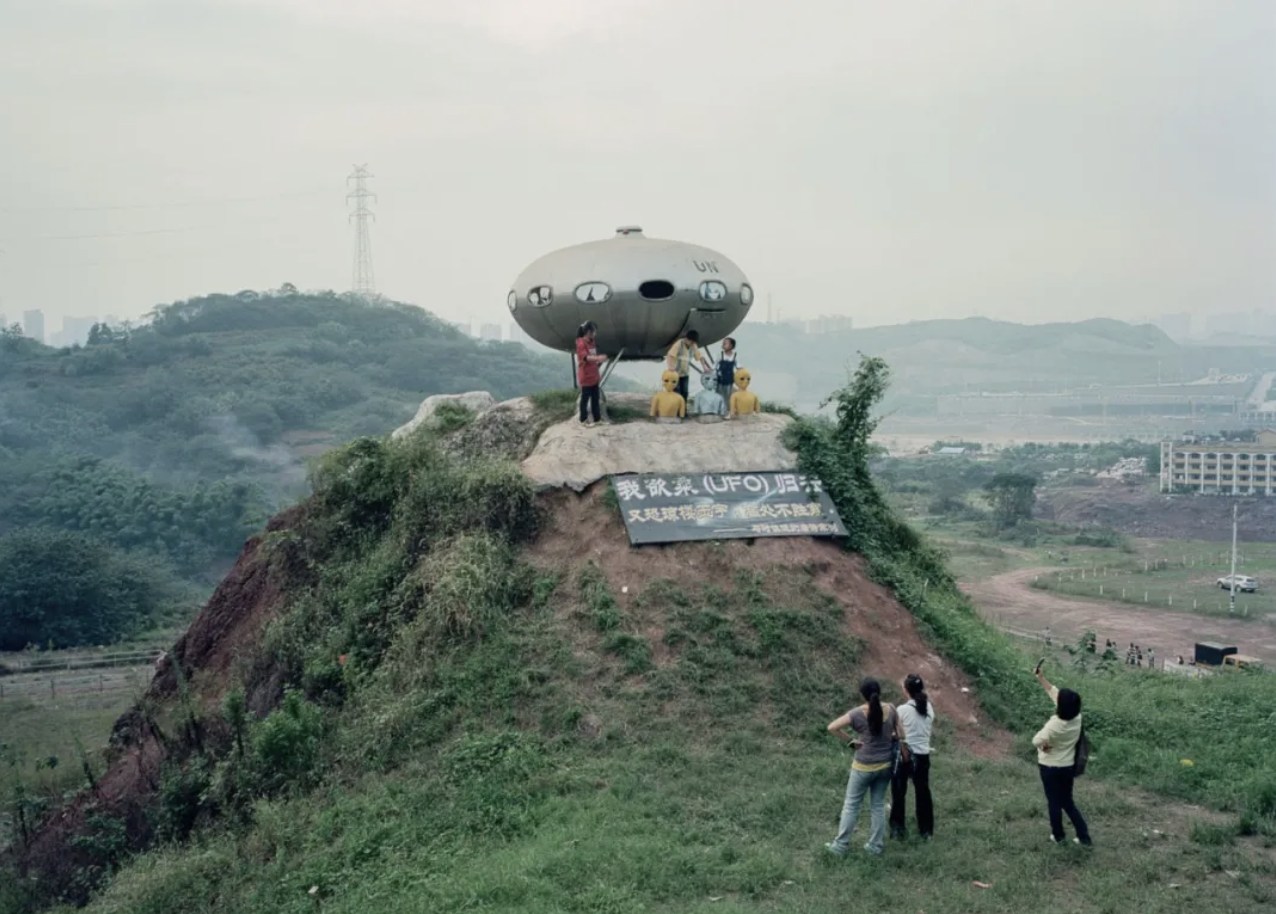Photosensitive is a RADII column that focuses on Chinese photographers who are documenting trends, youth, and society in modern China.
Hu Weishan got her first DLSR camera when she was in high school. Her early forays into photography saw her taking pictures of people like her sister and her boyfriend. It was later, however, that her passion for photography was truly ignited, when she was systematically introduced to street and documentary photography while in university. It was at this time that she also began to shoot with film and analog cameras, eventually falling in love with the interactions that are made between people through the medium.
Now, Hu has become one of the most interesting voices documenting what it means to be Chinese in modern society.

Photographer Hu Weishan

Her exploration of her own Chinese identity and heritage began when she started focusing on fashion photography. A student of fashion media at London College of Fashion, with a lifelong fascination with drawing images of women in beautiful clothes, Hu found that fashion photography wed two of her great loves.
It was in pursuit of a future in fashion that she found that the precise nature of designing clothes did not suit her temperament, realizing along the way that the months-long process of designing a collection of clothes was too arduous and long compared to the momentary, instinctive and, in some ways, more exciting nature of photography.
Eventually, she began imbuing her photos with imagery that explored her own cultural heritage. In Hu’s words, her preoccupation with the country in her work is spurred by her experiences as a child. “As a kid that was born in the post Economic Reform era, I always find myself fascinated by how dynamic and surrealist the country has become during that period of time.”

She name-checks two of her favorite works of art that depict these trends, The World, a film by director Jia Zhangke, and Hyperrealist China, a photography series by Zeng Han. “In a way, I think I share a mutual passion with these artists in terms of documenting contradictions and dualistic opposites that are happening in this country everyday, be it ‘雅’ [elegance] versus ‘俗’ [vulgarity], or reality versus fantasy.”
She admits that her early forays into fashion photography with these characteristics were not easy. “I found myself stuck at an awkward position where my works tended to be too nostalgic,” she tells us, before going on to explain how she overcame this stumbling block. “2018 was a crucial turning point for me as I came across the profile of young artist Liu Min on Instagram.”
Liu, also known as Princess Butterfly, stands at the vanguard of a group of Chinese artists documenting alternative lifestyles in the country. She opened Hu’s eyes to new ways of portraying Chinese culture. “She inspired me in so many different aspects, which also led to my later exploration of kitsch and the cultivation of taste and aestheticism in modern China. This project was then developed into a book called 中国式雅俗共赏指南 [A Guide to Appreciating Chinese Elegance], featuring portraits of Liu Min and her mother, as well as various participants of square dancing.”


Liu became a muse of sorts for Hu, who describes her as a daring and vivid person, with the same occupation around depicting life in modern China.
The beauty of the work by Hu and Liu is their shared sense of drama, appreciation for vivid colors and alternative lifestyles. Where they differ is the style of photography they engage in. While Liu appreciates recording minute details that she sees in her day-to-day life, Hu’s work is an escape from reality.

Her sumptuously shot images are highly stylized, her models wear pristine and flamboyant clothes and are heavily coated in make-up. While this romance does drip off her photos, they thoughtfully address modern cultural and societal trends, capturing unconventional, and lesser-discussed aspects of the China that we see today. The images are, in some ways, shocking, in that they pull the reader into a world that they are unfamiliar with, opening their eyes to a China that is out of sight or deemed to be ugly or of no cultural value.

“I guess a certain amount of Chinese audiences are just too used to seeing Chinese culture depicted in a more idealized and idyllic approach in artworks, especially through poetry, ink drawings or even folk songs,” she explains. “It might therefore upset or agitate them when artists or photographers opt for a more unconventional perspective to discuss cultural phenomenons happening in modern China by photographing subjects or people that do not necessarily fit well with their definition of Chinese beauty.”

Her photographs have been met with a similar lack of understanding before. In a piece for Dreck Magazine‘s Body Issue recently, Hu contributed images focusing on the red marks left on the body of models via cupping therapy and scraping therapy, both forms of Traditional Chinese Medicine (TCM). After posting the images to microblogging site Weibo, they were taken down for their portrayal of nudity.



Speaking about the incident, Hu says, “I was pretty sad about this for a couple of days and I even considered not posting photos or works on Weibo anymore.”
While this complication with Weibo has made her antipathic to that form of Chinese social media, she expresses her fondness for exploring short video application Kuaishou, which has garnered a reputation for giving voice to Chinese people outside of major cities. The platform is full of videos that show self-directed melodramas, square dancing and social shake (the latter are both forms of dance usually performed by elderly women).

Talking about such content prompts Hu to be thoughtful about her own documentation of visual trends around the country, as well as the antipathy that certain trends can receive. “[These videos] indirectly force us to contemplate who gets to define whether a cultural trend is classic or crude, beautiful or ugly?”
















